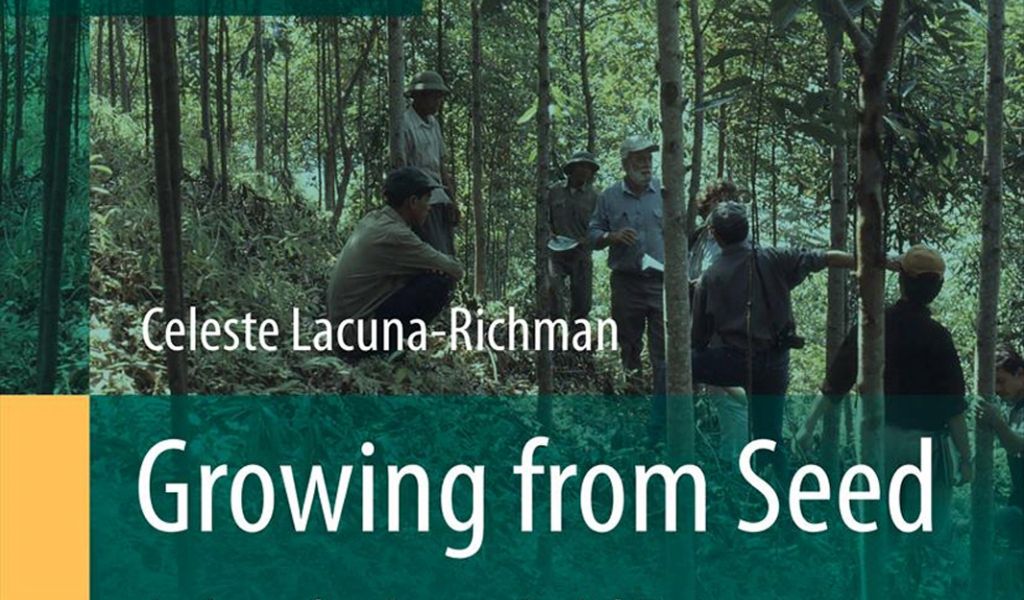Social Forestry, Again

In Finland, the forestry sector is so well-integrated into the larger society that the concept of “social forestry” seems to be superfluous. Thus, for more than the decade that I have been teaching Social Forestry in the University of Eastern Finland (UEF), the focus has been on its practice in developing countries, particularly on the use of Community Forestry by the state in many of these countries to decentralize forest management. One interesting observation from all these years of teaching is that students from most European nations take for granted that the forest laws in their countries have been enacted based on the conditions that occur in their particular country. Students from Asia, Africa and Latin America tend not to make this assumption so easily.
The practical problems that poor households and communities face in trying to sustainably manage forests range from establishing land ownership and land use rights, to marketing forest products, and everything in between. Despite this situation, and for the longest time, the language of forestry has been one of experts deciding what is important and local people having to conform to standards set elsewhere. The requirements for local forest dwellers to conform to technical standards for sustainable forest management have, for the past decades, been amplified by an increase in international agendas to conserve forests to prevent biodiversity loss (CBD), mitigate climate change (REDD+), certify timber (FLEGT) and others. Although these standards and agendas are important and indeed, necessary, they do ask a lot from forest dwellers in developing countries, usually the poorest (rural, non-owners of farm land), most marginalized (indigenous, new migrant, possibly disenfranchised) people on earth. As usual, the problems lie in the implementation.
The challenge of simultaneously conserving the world’s forests while improving the livelihood of the people who depend most on these resources almost seems impossible to achieve, but it has been done. Meeting this challenge lies in acknowledging, both in practice and in law, the rights of these people to these resources. The failures of forest conservation and reforestation were blamed on top-down management in the past. More recently, the problems of democratizing reforestation efforts have been given greater attention. Perhaps the strategy which has been given the least attention is the place to start, and this is, the coordination of both “top-down” and “bottom-up” approaches to forest conservation and reforestation. The ways this coordination can be done vary with each country that attempts it, but several developments make it more possible at present than it ever was.
First, information is more easily accessible today, partly because of the Web, partly because personal networks regarding forestry and in fact, almost any discipline, cut across vertical barriers now (of social status, academic standing, income groups) as they do through horizontal ones (of academic discipline, government, industry-affiliation and others). Second, these personal networks are often built on existing communities that could support another objective such as reforestation, better than an organization or network newly-formed solely for such a purpose. Third, paradigms have been tried, and have succeeded to some extent. However, these are not feasibly transferred to a different context – something that every consultant tasked with implementing “best practices” to another area can probably attest to, or every migrant for that matter. Finally, the weakness of the “top-down” approach, the cost, the jargon which obscures the facts, and the bureaucracy that delays practical solutions, are only matched by the boundaries and fragmentation of the “bottom-up” approach.
It is time to salvage what is useful from decades of forestry experience, and match it with the economic and political realities faced by the individuals and communities who are tasked with implementing forestry programs. Simply, so that “social” forestry is synonymous with forestry in every place it is practiced. Initiatives such as the free, prior and informed consent (FPIC) to externally-initiated change in natural resource use, which was initially for indigenous communities, but now also can be utilized by non-indigenous forest communities, is one such move to bridge the gap.

